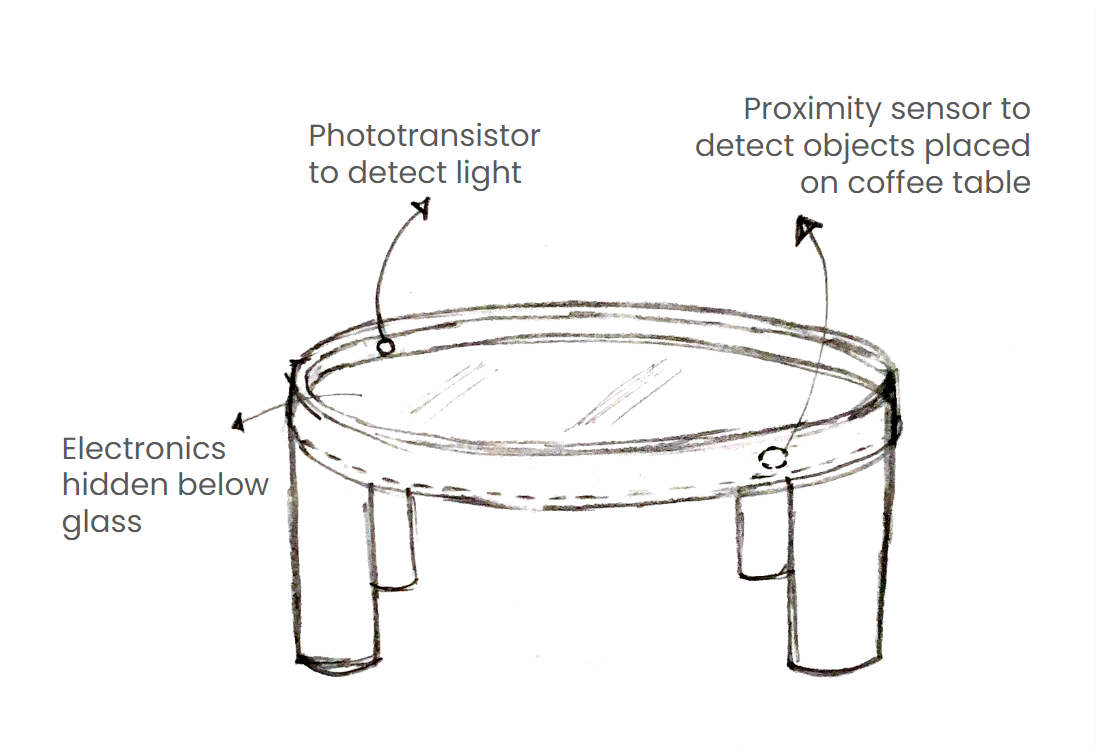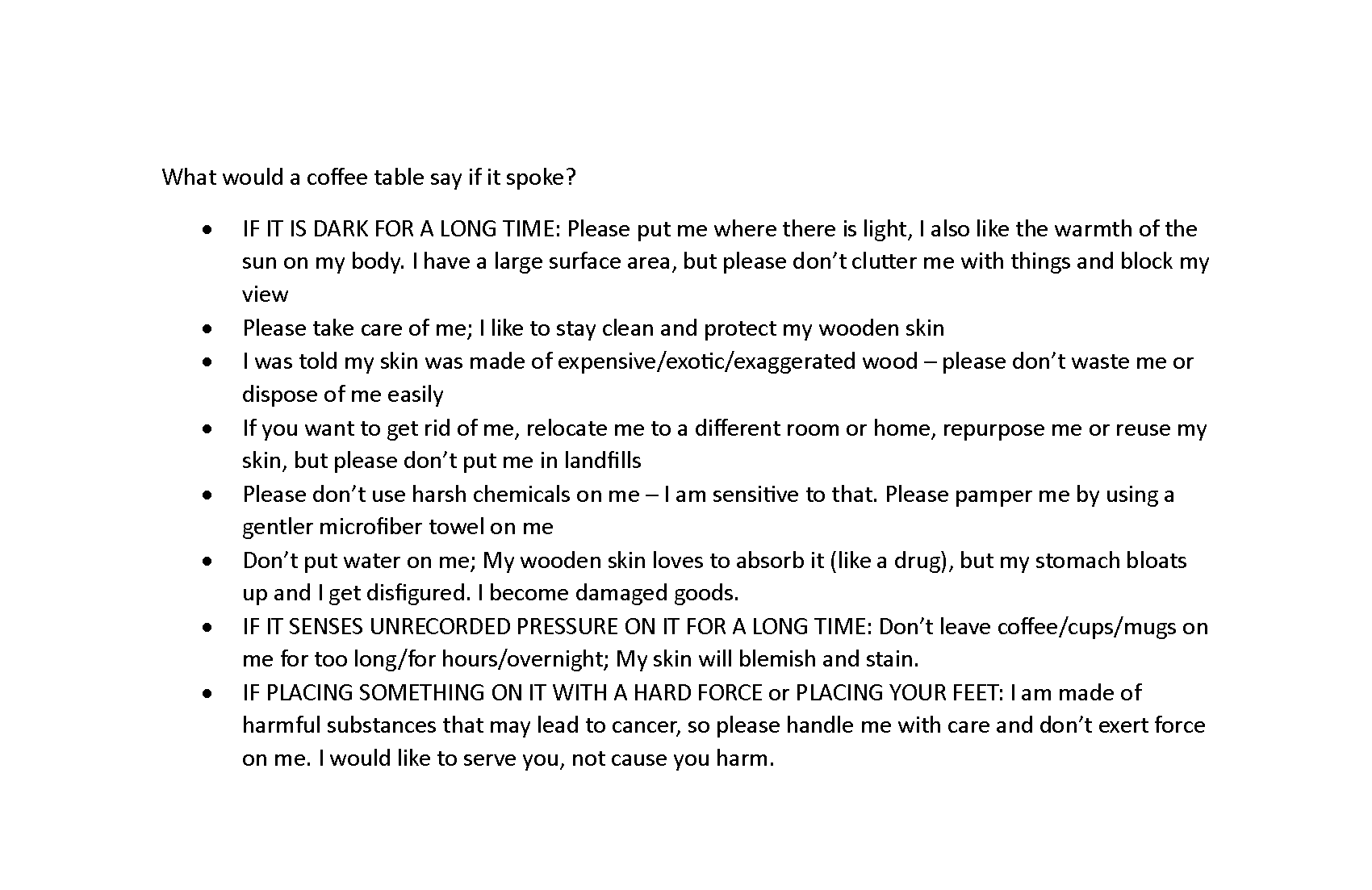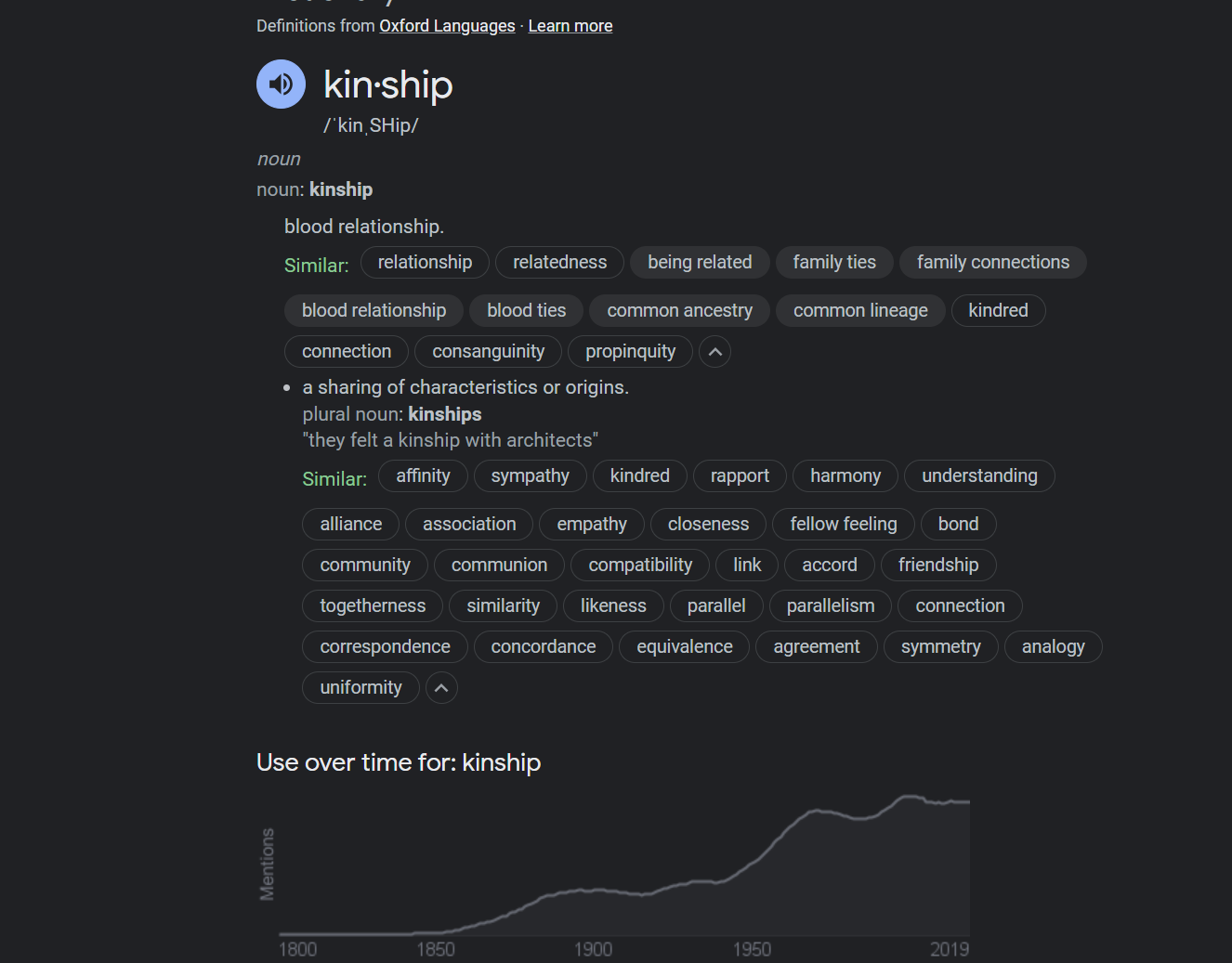Dual Care
SUMMARY (and system analysis)
In simple terms, my project is about the bilateral maintenance between human users and non-animate objects (specifically furniture) for the benefit of residents and furniture alike. Interactions aim to improve psychological and mental health for the resident (by encouraging decluttering), while aiding the materiality, longevity and sustainability of the furniture. This comes from the realization that most people are unaware that the impact of design goes beyond the immediate problem-solving aspect and extends into the broader context of the world. A crucial relationship, often overlooked, in this entire process is the interconnectedness between humans and things. Humans are partly shaped by things, including the things that we design. To understand humans, we also have to understand objects and their impacts on our own life and on design in itself.
Furthermore, with design fields like architecture and interior design, there comes the issue where continuous care and maintenance is required to keep the targeted problems 'solved' within its limited affordances - to put it frankly. These problems range from global-wide issues like sustainability to individual-level issues like psychology and mental health. With maintenance being a daunting task to keep up with, it could deteriorate the psychological and mental health even more. 'Dual Care' seeks to bridge the gap in fulfilling the psychological and mental objectives of interior design for individuals through a mutually beneficial relationship with furniture.
This culminated with an instructions guide on how to interact with and take care of the furniture, along with a website where users can test how life would look like with humanized furniture through a few simulated events. Users can interact with other users live - living as residents in a single unit - to test and experience the humanized furniture (theoretically before purchase).
Trail of Research
Non-linear web of research
My rather non-linear research concluded with a few different forms of the following:
1) Exploratory ideas:
When prompted about my curiosity syllabus, I was inclined to exploring something that was more physical in nature, and related to interior/furniture design. I was also very interested in exploring an experience that was temporal within the realm of architecture.
2) Daily practice:
Through my choice of decluttering and organizing my place of residence as a daily practice, I had adopted a ritual of taking before and after photos of the space. When looking at these photos, I was intrigued by the absence of the process and how it can only be deduced or 'speculated' from looking at the photos in the particular order. Consequently, I wondered if the spaces or objects could speak for itself about these processes, and I found myself being more interested in the life and evolution of spaces and objects from the objects' perspectives. More on this can be found on Week 09's blog.
3) Literature reviews:
With help from Margaret, she helped me arrive to a term called Object-oriented ontology (OOO), which is a philosophy that considers things to have a life and experience outside the human-centric viewpoint and equates its point-of-view to that of a human's. Moving forward, my literature reviews were mostly focused on two:
- CENTER 21: The Secret Life of Buildings (Chapter 2: Objects, by Kory Bieg)
The chapter focused on what Objected-oriented ontology was, examples of how it has been implemented as a tool in several architectural designs and how they attempt to divide it to 4 themes: Part-to-whole relations, events, materiality and cultural constructs.
While I enjoyed reading it, I found myself missing a great deal of context on how these were implemented in terms of principles, but it could also be due to the fact that I only had that particular chapter from the entire book accessible to me. I also found it focusing solely on objects, which to me, was a little too 'speculative' for my liking, especially because I felt the user was also an important party.
- Things We Could Design: For More Than Human-Centered Worlds by Ron Wakkary
This book mostly focused on unbuilding the human-centered approach by highlighting the interconnectedness of humans and objects, and how both parties affect one another interchangeably. Unlike the first literature, it does not negate the human's aspect but rather includes it as a part, yet not the only part, of the whole system. It also highlighted how things are "non-humans consisting of both humans and non-humans".
I found myself to resonate with this reading a lot more, even though it also lacked the design principles I was looking for as a guideline. Sarah, however, reminded me that I can always come up with my own guidelines just like I had in my previous project. So I had to let go of finding an answer, and rather create it myself by trusting my own instincts.
4) Inspiration (from personal experience):
I had a terrible long history of killing plants, so a friend of mine suggested I named one as an attempt to take care of it better. Little did I know that this small of act of humanizing my non-human plant would make me care for it more thoughtfully and have it thrive. I was intrigued by how a small act of the sort would cause so much change.
Additionally, through my last project 'This Photograph Talks', I found much of the audience empathizing deeply with the photograph as an object, so I definitely wanted to explore the same approach with living spaces by utilizing the same humanity to furniture.
Summary of research
PROTOTYPES & ITERATIONS
My prototypes were quite different and varied in forms. At first my approach was very artistic or humorous/light-hearted in nature.


The left prototype was based off a floating exploratory idea where I imagined projections of visual and temporal processes mapped on to the walls and furniture that would be instigated through certain actions (like walking into a room, sitting on a chair, putting a mug on a coffee table, etc.), mostly with the intention of story-telling. While this prototype is still a compelling project for me to explore (and I probably am adding this to idea to list of ideas to come back to), at that instant, I wanted to explore more 'functional' prototypes.
The right prototype was just another fun, humorous humanized rug that would react to vibrations or pressure on it with pre-recorded speech or music. I was attempting to explore object-oriented ontology with this prototype, and was partly inspired by this very ITP project I saw where someone programmed an interface using moisture sensors to give his plant a voice whenever it need to be watered.
Moving on to more 'functional' prototypes, and with Nicole's suggestion, I tried exploring designing for the object's care and maintenance, with a small hint on materiality and material sustainability.


I ended up with a possible janky prototype of a physical coffee table with the physical interface required for it. I thought of how sensors could be added to make this possible, and even scripted a dialogue of what the table would say if it spoke. My next step was to possibly make a digital p5 sketch of the interaction just to test out the concept before committing, but decided to turn that next iteration into a more polished project-worthy version. This was because I could not afford prototyping a physical version when I was set to travel for a long period. I also thought it would give me more freedom to add and test more interactions than I could have physically, and possibly even add different variations of humanized furniture.
Upon looking at the janky prototype and dialogue, some questions arose which then drove me to create and shape the digital experience. These questions are mentioned in the next section.
Experience
Although I was looking to make something physical at first, the idea of the experience came to fruition through a question that arose while I was tinkering with my prototypes - "How would a furniture company sell something like this?" How would you convince a user that this is something they may need at home? How would you test the concept before committing?
Interaction and Care Instructions Manual
I thought I would take inspiration from the visual form of the IKEA manuals, but instead of it being for assembly, it could be one that depicts some scenarios on how to interact with the furniture as an indication of what it does and does not like. I thought it could also resemble a user storyboard journey.
Website experience (Limited to Coffee table Only At the moment)
The website is designed to be used by several users live. They can test out some scenarios, like how the coffee table would say if it were to be in the dark, cluttered with mugs, or rested on with feet.
The experience was supposed to include more scenarios to be tested out, but was limited to the ones above purely due to lack of time.
REFLECTIONS
Feedback RECEIVED:
Although most of the feedback received was fairly positive, one comment that stood out to me was how I would see this playing out if the human user is not able to take care of themselves, let alone being surrounded by humanized furniture that need to be taken care of. I would like to note that this project's 'proposed solution' was never intended to be human user-targeted in the sense that I am not designing for the human in specific. This project was mostly interior design targeted, where I try to bridge the gap of any shortcomings in meeting the psychological and mental objectives put forth through interior design (which requires a decluttered and clean residence). Furthermore, my project is not specifically designed to improve mental health, but rather to try to help people declutter and in the process improve their psychology and mental health as a result of achieving the care and maintenance process (which may seem daunting and a heavy process to many). Designing to account for the mental health that is stemming from the human user itself is a different topic that needs a separate research on its own (which can also be incorporated with this project as an adjunct). Also, going back to the point of not designing for the human in specific, it is worth noting that the human is also not the only audience, but rather I consider the furniture too as important audience in this project.
what i might add in terms of process or content if i had more time:
- A mock model prototype of the coffee table
- Expand the interaction to other furniture pieces
- Giving the user the ability to set the level/depth of interaction
- Potential for an interconnected smart home system
- Perhaps incorporate mental health research with regards to the human and furniture alike







